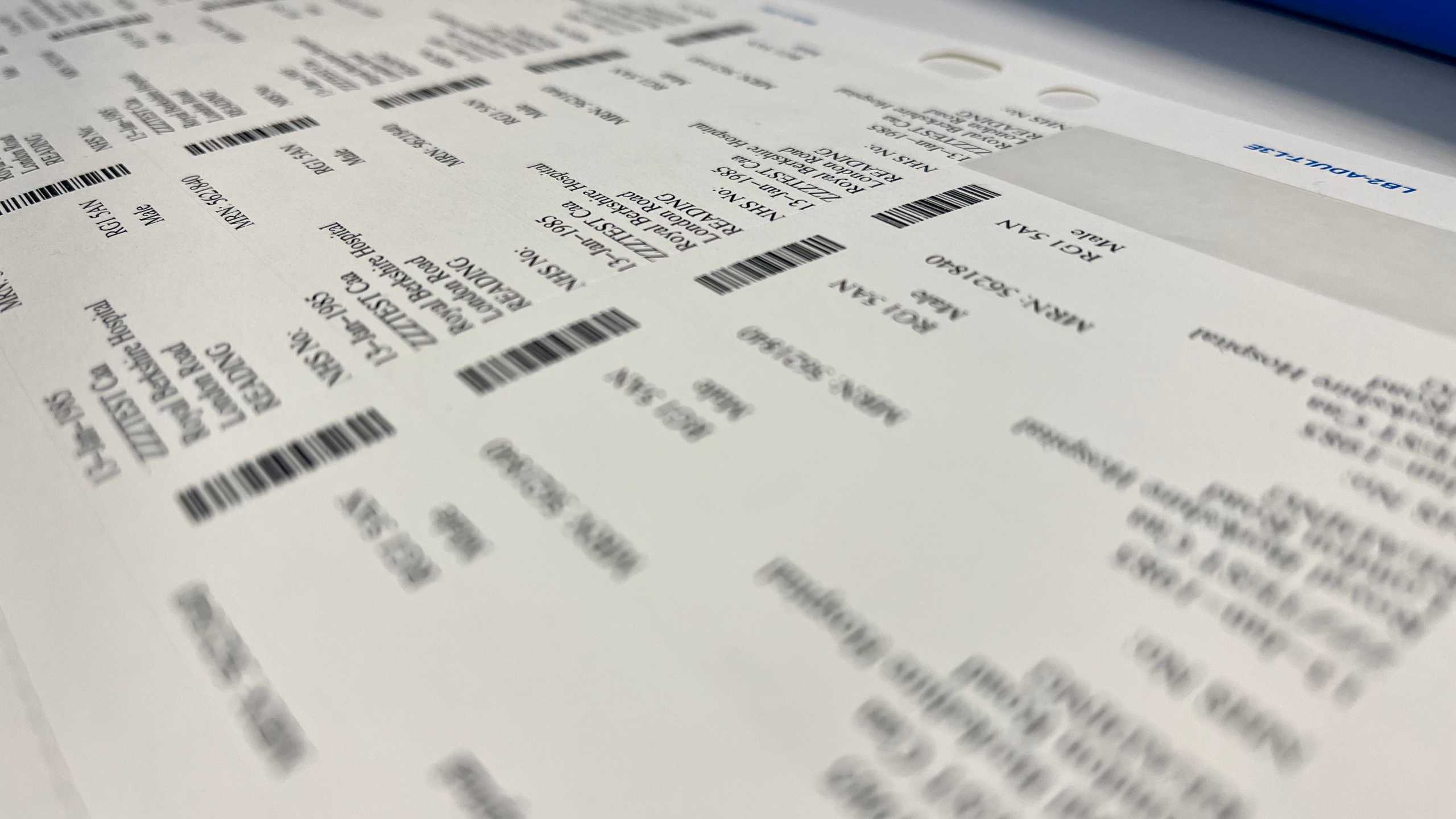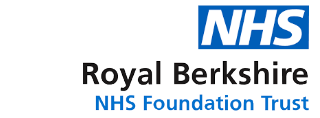
Theatre Safety Checklist
Local Anaesthetic ChecklistUse this resource in conjunction with your real-world training

Experience Summary
In this experience, observe the World Health Organization (WHO) Surgical Safety Checklist being performed for a patient undergoing a procedure using local anaesthetic.
Clinical Context
The WHO Surgical Safety Checklist was originally developed to improve safety in operating theatres, particularly for patients undergoing procedures under general anaesthesia. However, its principles are equally relevant to patients undergoing surgery or interventions under local anaesthetic (LA), where risks may be different but are no less significant.
Local anaesthetic procedures are often perceived as “low-risk” because patients remain awake, require less monitoring, and typically undergo shorter interventions. They may be performed in settings such as day-case theatres, outpatient procedure rooms, or minor surgery suites. Common LA procedures include dermatological excisions, ophthalmic surgery, dental extractions, and orthopaedic joint injections.
Despite their minimally invasive nature, LA procedures are not free from hazards. Errors such as wrong-patient, wrong-site, or wrong-procedure surgery can still occur. Other risks include unrecognised allergies to local anaesthetic agents, vasovagal episodes, local anaesthetic toxicity, infection, or inadequate monitoring. These risks highlight the importance of applying the WHO checklist consistently, regardless of anaesthetic type.
Importance of the Checklist
The WHO checklist ensures that fundamental safety steps are carried out. During the Sign In phase, the patient’s identity, consent, surgical site, and allergies are confirmed—critical for preventing wrong-site surgery and adverse reactions. In LA cases, where patients may actively participate, involving them in this verification reinforces accuracy and reassurance.
The Time Out phase promotes team communication immediately before the procedure. Even in minor surgery, it ensures all staff agree on the procedure, site marking is visible, and equipment and sterility are appropriate. Discussing anticipated difficulties—such as inadequate anaesthesia or patient anxiety—enables the team to prepare contingency plans.
The Sign Out phase ensures the correct labelling of specimens, accurate documentation of the procedure, and confirmation that all instruments are accounted for. This reduces the risk of errors such as mislabelled histology samples or incomplete notes, both of which can have significant downstream effects on diagnosis and care.
Learning Outcomes
- Observe the WHO checklist being used in practice.
- Increase understanding of the components of the WHO safety checklist.
- Observe the roles of the MDT in the WHO safety checklist.
- Increase understanding of the importance of using WHO safety checklists in clinical practice.
External Resources
